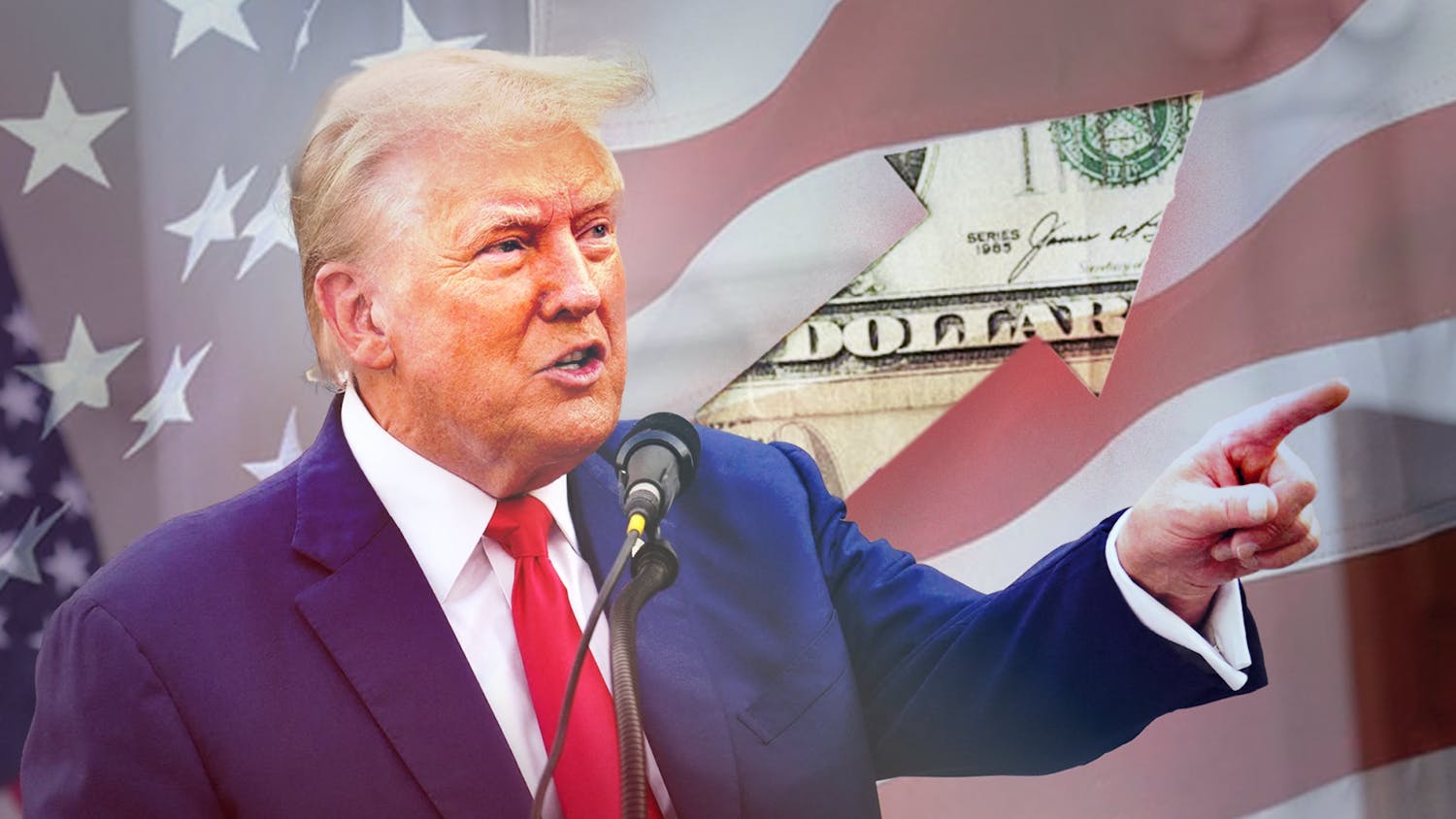As I write this column, 19 Democrats and four Republicans (including incumbent President Donald Trump) are running to be their party’s nominee for president of the United States. Each candidate has outlined their policies and platforms and are giving speeches telling voters what they’d do if elected. This is all well and good, but there’s one group that could make much of those plans meaningless: the United States Senate.
Right now, the Democrats have a majority in the House, while the Republicans have a majority in the Senate. This is and has been a recipe for problems. Roll Call explained how the divided Congress of 2011-2014 (when Democrats controlled the Senate and Republicans the House) passed the fewest bills of any Congress in modern history. In an era of heightened partisanship, it can be nearly impossible for the two parties to come together and compromise — leading to gridlock and all major congressional business coming to a standstill.
This gridlock is also bad news for the president. It’s Congress’ job to pass laws, and while executive orders that only require the president’s signature can have broad scope, broader reforms still require a law by Congress. More importantly, executive orders can also be both enacted and repealed by a single signature. A Democratic president could attempt to sidestep Congress with an executive order, but even if it held up in court, that order can just as easily be overturned by the next president.
This has major implications for all of the 2020 candidates. On the campaign trail, many Democrats have talked about big ideas like universal healthcare, gun control and free college. However, those ideas would require congressional support. If a Democratic candidate becomes president but Republicans retain the Senate, most (important) Democratic proposals will likely be dead on arrival. Barring an unexpected change, the Senate Republicans will be led by a new Senate Majority Leader in 2021. Mitch McConnell, who has prided himself as being a legislative “grim reaper,” does not plan on letting any bill he calls “socialist” pass. Not only can McConnell do this by making sure his party doesn’t vote for those bills, he also has the power as Senate Majority Leader to not schedule those bills for a Senate vote at all — a power he has used frequently in the past and will surely continue to use. Any Democrat hoping to pass Medicare for All or college debt forgiveness will face a huge roadblock in the form of Mitch McConnell and a Republican Senate.
But it doesn’t have to be that way. Single-party congresses with a president from the same party can be quite productive, as was the case from 2017 to 2019 when a Republican Congress and the president signed into law the Tax Cut and Jobs Act of 2017. If a Democratic president wants to enact similar changes they’ll need a Democratic Senate. Is this likely? Maybe not. Democrats would need to pick up 3-4 seats while also not losing any of their own seats, and tenuous seats like Doug Jones of Alabama put Democrats’ majority hopes in peril. Is it still possible? Certainly.
This is why those watching politics shouldn’t just be watching the presidency. They should also keep a close eye on the Senate. Without a Democratic Senate (and retaining a Democratic House), any Democratic president’s legislative agenda will be stalled and unable to achieve many of their campaign pledges. The Senate is arguably a more important contest to watch than the presidency. Whether you plan to get involved in a campaign or are just spectating, the presidency isn’t the only game in town. Keep an eye on Congress as well.
Jason Zappulla is a UF history senior.






